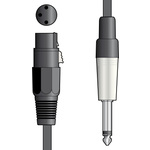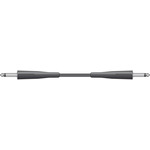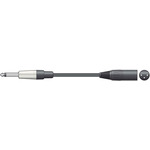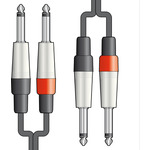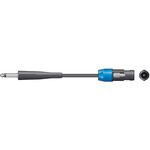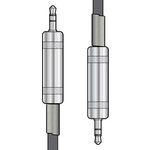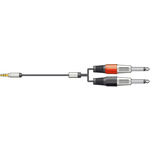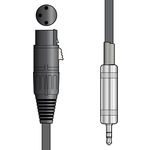There is much confusion about balanced and unbalanced audio signals and how they differ. In order to understand this, we need to cover the basics of audio signals and how they are made.
Balanced or Unbalanced Signals?
A sound wave is a stream of vibrations that travel as variations in pressure through the air. The most common way we use this is for communication, as with speech and audible signals.

A microphone can convert these changes in air pressure into changes in voltage, making an electrical copy of the sound wave. These changes in voltage make an electrical signal, called AUDIO, which can then be transmitted down a wire and manipulated or amplified with electronic equipment as needed.
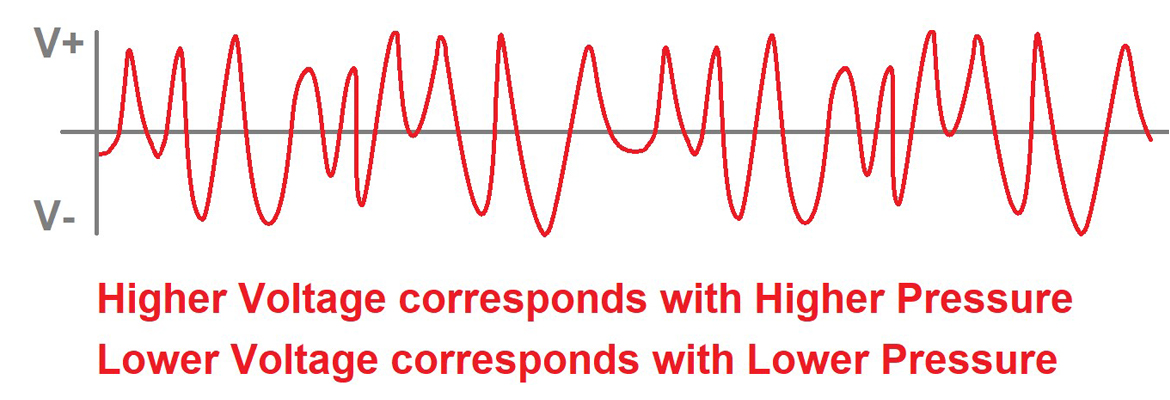
Electricity needs a circuit to flow around and the same applies to audio, since it is a form of electricity.
This is achieved by using 2 wires, one send and another return, insulated from one another within the same cable or lead. Since the send and return flow in opposite directions, they have opposing charges. This is sometimes indicated as ‘+’ and ‘-’ (plus and minus) or ‘hot’ and ‘cold’. This circuit is known as BALANCED because there are 2 opposing electrical signals.

The electrical signal from a microphone and other audio sources is often very small and needs to be amplified (made bigger) further down the line. Unfortunately, there are many potential sources of interference that can get into the wire and create unwanted noise in the audio signal. This is usually called electromagnetic interference (E.M.I.) and can include radio frequency (R.F.) and induction from nearby high voltage cables (the audio wire is acting like a radio antenna).
To combat the noise from external E.M. interference, the audio cable is fitted with a conductive ‘jacket’ around the 2 audio cables, which is called a screen or shield. This is often made from braided copper wire, aluminium foil or conductive plastic. This screen or shield is connected to Ground (Earth), so that any electrical charge that gets into the screen is drained away and does not infiltrate the audio circuit.

As can be seen in the above diagram, there will need to be 3 connections, Hot (+), Cold (-) and Ground (Earth).
There is another option which only needs 2 connections. This system uses the Earth as the cold (-) connection, requiring just the Hot (+) signal and Earth. This type of audio connection is known as UNBALANCED, since there is only one signal wire.

The main benefits of an unbalanced connection are that only 2 wires and connections are needed.
Unbalanced signals are normally perfectly okay for shorter runs of line level signals (CD/mp3 players etc.), since any E.M interference is still drained to Earth through the screen.
For longer runs and weaker signals (e.g. microphone), a balanced connection is better because the screen is not connected to the signal path in any way, reducing the chance of noise entering the audio.
Furthermore, the cold (-) connection can be inverted in the electronic audio circuitry, which doubles the power of the signal and has the added benefit of inverting any noise that made its way into the cold (-) wire, causing it to cancel out the same noise that would have entered into the hot (+) wire.
How can I tell when to use Balanced or Unbalanced?
Balanced is usually better if it is available but consult the user manuals of your audio equipment firstly.
For long runs, low level (Lo Z) signals and equipment using phantom power, balanced is essential. For stereo signals from a CD, smart phone or MP3 player, these will usually be unbalanced. Often, the type of connector on the equipment is a good indicator of which type of signal is being used.
Common types of audio connector are shown below…
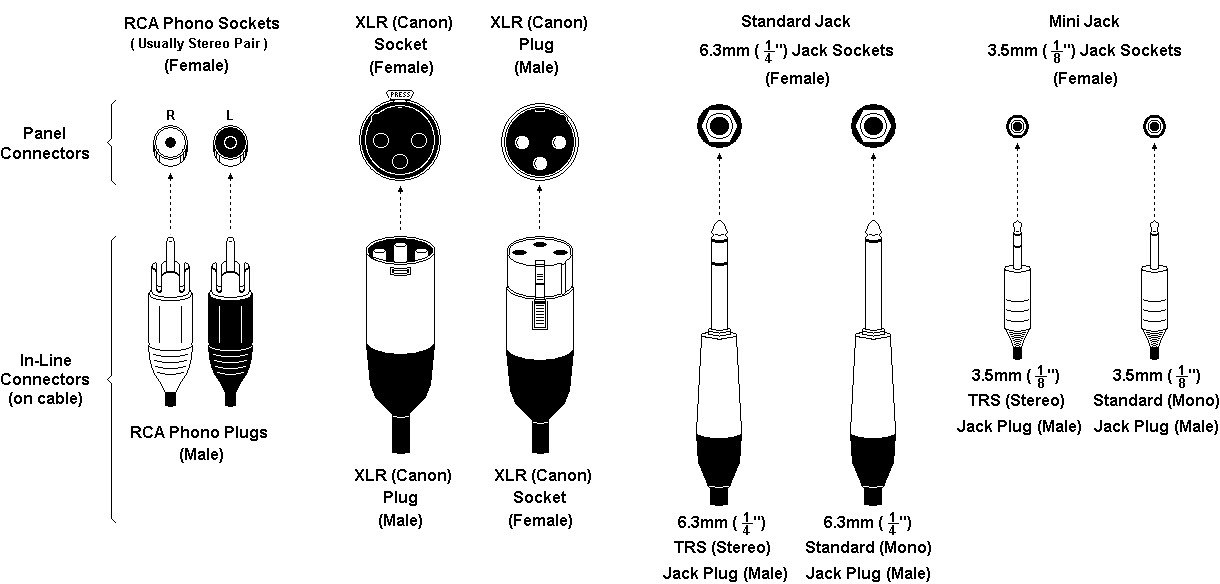

RCA connectors only ever have 2 connections (poles), so these are always unbalanced.

Mono 6.3mm or 3.5mm “jack” plugs have a black band separating 2 poles, so these are also unbalanced.

XLR connectors have 3 poles, usually wired Hot (+), Cold (-) and Ground to carry a balanced signal. However, the Cold (-) and Ground pins can sometimes be joined for unbalanced connection. If you are unsure, look inside the connector or use a multi-meter to check if pins 1+3 are shorted.

Stereo 6.3mm or 3.5mm “jack” plugs have two black bands separating 3 poles, therefore 3 connections. These 3 connections are usually stereo unbalanced, wired Left signal, Right signal and Ground (for both). Alternatively, a stereo “jack” plug may be wired Hot (+), Cold (-) and Ground to carry a balanced signal.
